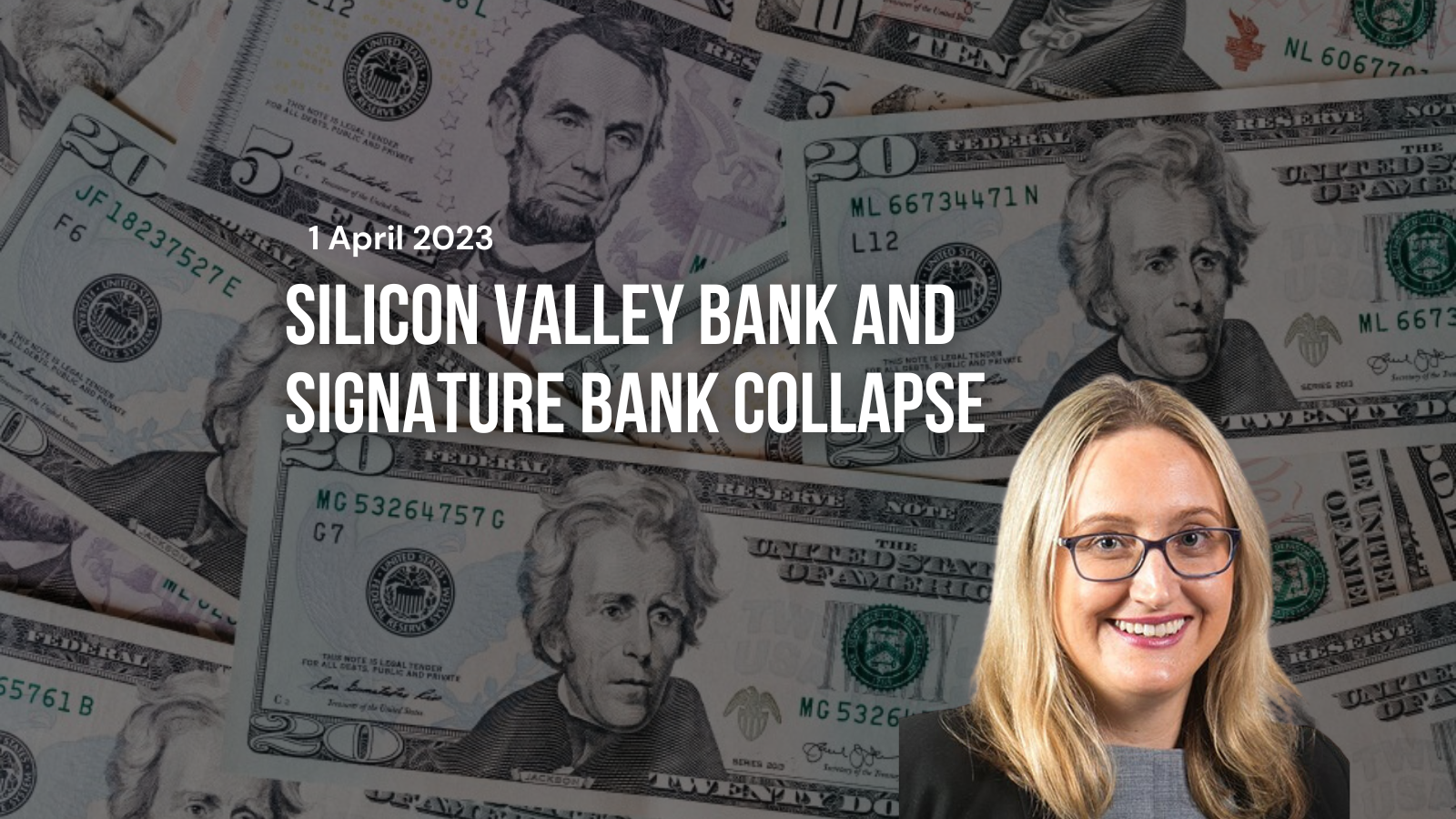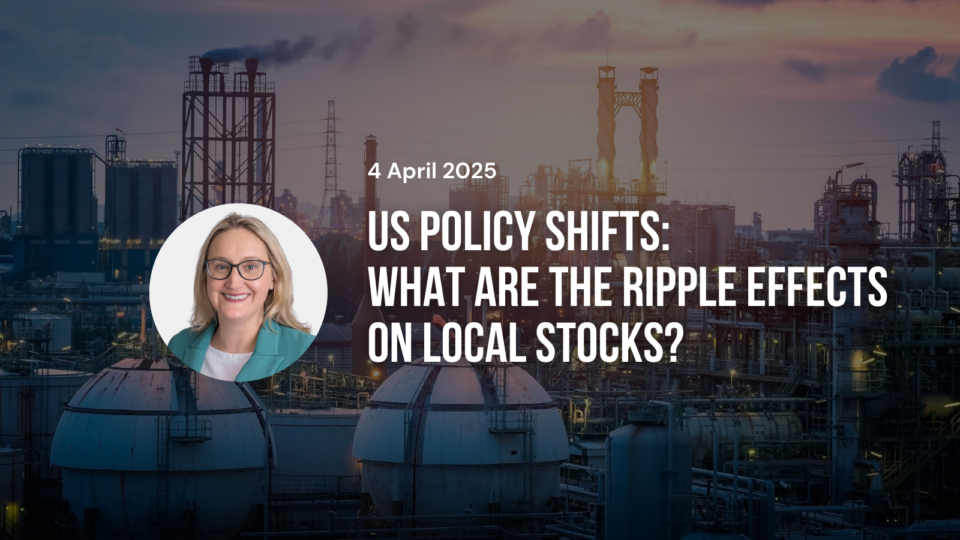

Silicon Valley Bank and Signature Bank collapse – what does this mean for Australian investors?
By Rachel Waterhouse, CEO, Australian Shareholders Association
In March, two major US banks failed within two days of each other.
While most Australian everyday investors had probably never heard of Silicon Valley Bank (SVB) or Signature Bank before mid-March, the announcement sent shockwaves through the financial markets.
Two collapses in such a short time led to concerns about another potential global financial crisis and fears about the stability and reliability of the US banking system.
Market capitalisation of U.S. banks lost a combined US$100 billion in two days and European banks lost US$50 billion. Even here in Australia shares in the big 4 banks moved due to the global news.
But was this realistic? The Australian banking system is one of the most heavily regulated in the world, and nobody would expect that they would fall prey to the problems faced by these US counterparts.
The collapses showed an insight into the customer homogeneity of some of these US banks – 90 percent of SVB’s customers were technology firms, with a high proportion of start-ups. Signature Bank – the second largest regional bank – had a large proportion of cryptocurrency clients and real estate companies.
This lack of diversity exposed these banks to a significant risk – with fears if tech, crypto, or real estate bubbles were to burst, leading to a run on withdrawals.
The collapse of powerhouses
SVB was on the S&P 500. At the time of the collapse, its largest shareholders included The Vanguard Group, BlackRock, and State Street Corporation, which owned the stock in large exchange traded funds that track the performance of S&P 500.
Despite these high-powered investors, there were cracks showing in the risk management processes of that bank.
A 2021 Federal Reserve review of SVB found several issues in its risk management processes and failure to fix six citations issued by the Fed led to SVB being placed under a full supervisory review in July 2022.
Yet, when the bank collapsed in March, the bank had not had a Chief Risk Officer for eight months. Risk management was being carried out through a risk committee, but regulators and the markets are expressing concerns about this being an indication of a poor risk culture at the top of the organisation.
The investment strategies of the two banks are also being called into question. Both had invested in government bonds that were paying low interest rates, which reduced their balance sheet. So, when interest rates started increasing and speculation arose that they would need additional capital, existing customers started to withdraw their deposits, causing both banks to fail.
Within three days of the bank’s collapse, a SVB shareholder filed a Class Action against the company, alleging fraud for false statements made by executives and the bank, so it will be interesting to see how this plays out in the courts.
The US Government steps in
Since 1933, banking in the US has been overseen by the Federal Deposit Insurance Corp. (FDIC), which is funded by premiums that financial institutions pay for deposit insurance, not by the taxpayer.
The mission of the FDIC is to maintain stability and public confidence in the nation’s financial system by insuring deposits up to $250,000, examining and supervising institutions ‘for safety and soundness and consumer protection’, working to make these institutions ‘resolvable’, and managing receiverships.
However, the Treasury Department, the Federal Reserve, and the FDIC have stated that deposit holders of SVB and Signature Bank will be protected beyond the FDIC’s $250,000 threshold, and it is speculated that this may involve some taxpayer funding.
While not a ‘bailout’ per se – the funding is not going to investors or employees – such support would exceed the guaranteed limit and (in many cases) possibly recompense very wealthy account holders at the expense of the average taxpayer.
But wait … there’s more
It’s not just the US system that is coming under scrutiny.
Speculation has been rife for a while that Credit Suisse had financial challenges, and, shortly after news of the US bank failures, the market was told that the Swiss bank had financial reporting issues, which followed a series of high-profile scandals with its subsidiary First Boston.
The reports, compounded by the US collapses, led to this globally ‘systemically important bank’.
This led to the share price dropping by 31%. UBS consequently secured Credit Suisse with the support of the Swiss government, led by the Federal Department of Finance, the Swiss National Bank, and the Swiss Financial Market Supervisory Authority (FINMA), much to the displeasure of Credit Suisse’s major shareholders who owned 25% of the bank and are likely to take significant losses from the deal and the holders of hybrid Tier 1 securities that were wiped out.
So, what does this mean for Australian investors?
Following the US bank failures, shares in the global banking sector fell sharply, with the S&P Banks index declining by 22% over the subsequent two weeks.
In Australia, the banking sector has also been on a bit of a rollercoaster, and investors may have been looking at the big four share prices and wondering whether they should just cash out.
But, like any sector, it pays to be a bit cautious before acting, whether that’s to buy, hold or sell:
- Keep your emotions in check – don’t fall prey to the doom and gloom of the media. Act rationally (even if it’s challenging to do so) and do your research.
- Understand what is driving the share price – is your investment affected by the crisis or fear? Is the company in the spotlight being managed well? Is it likely to be drawn into the collapses?
- Reassess your diversification – be aware of how much of your total portfolio sits in a single sector and whether you are sufficiently diversified. Review your investment plan and consider updating your investment strategy to make sure that you’re not going to be over-exposed to a sector-based downturn. A financial planner or accountant may be able to help you with that assessment.
- Consider your ETFs – an Exchange Traded Fund (ETF) tracking a range of companies may be impacted by negative sector news or a large company’s news. If you have invested in an ETF, make sure you know what is in it and whether it could be exposed by the failure of a company or anxiety within a particular sector.
- Investing in equities is often for the long-term and real (or perceived) market disruptions can come and go. A diversified portfolio, investing in good companies, with a solid strategy that can provide growth and returns, will give some protection from the buffeting of uncertain markets.





